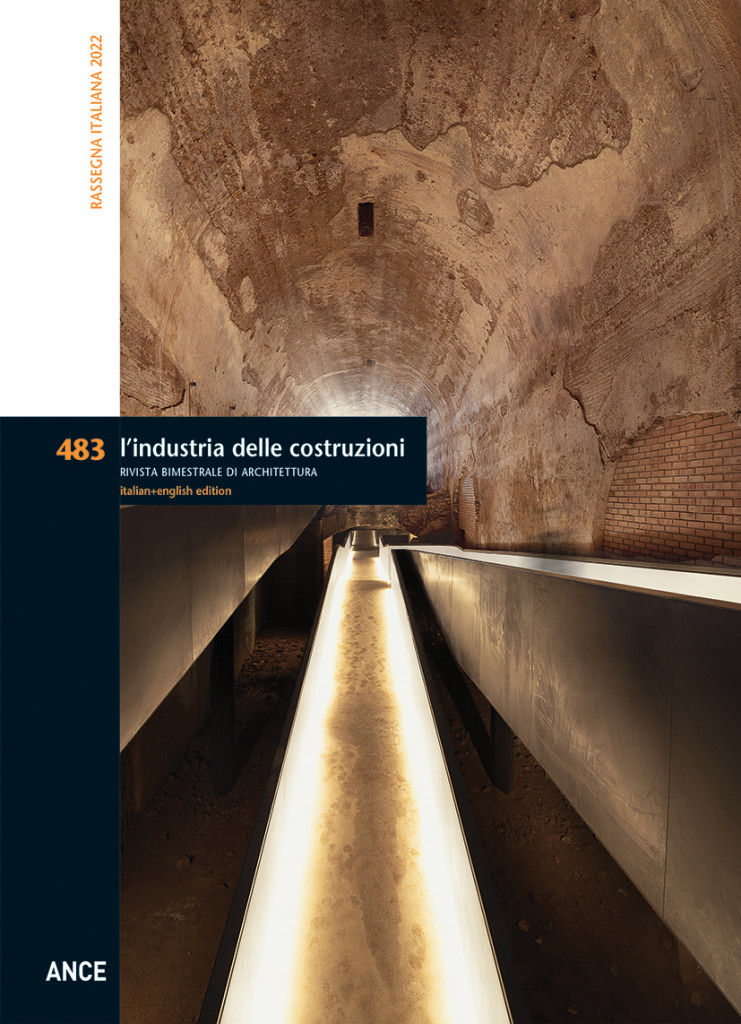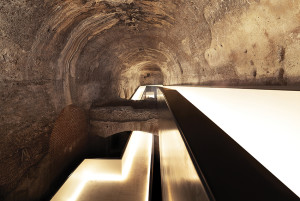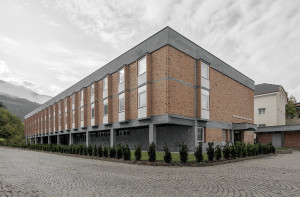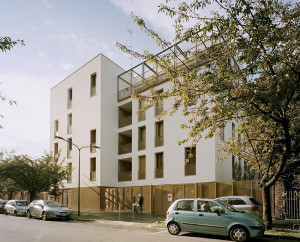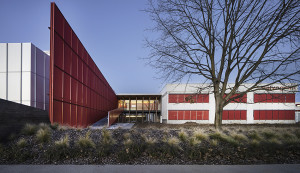GEN
FEB
2022
Italian review 2022
The projects presented in this issue are small to medium sized projects, almost always the result of a fruitful and collaborative relationship between architect and client; the majority are situated in smaller cities, where they serve as social and economic drivers; their architects, most from smaller practices, control the work from concept to construction, a decisive aspect for favouring linguistic research and experiments with technologies and materials, but also for managing renunciations introduced by limited budgets, without completely upsetting the meaning of a project. Each project is the fruit of an ability to integrate a sense of belonging to context, new functions, traditional and innovative building techniques with a notable sensitivity toward the environment and an expressive capacity for reinterpreting modernity, defining its most fecund themes and combining them with contemporary questions. This attitude permits the creation of buildings that can be very different from one another, though which speak of the architect’s commitment to searching for a unique solution that responds to multiple and particular conditions and requests. The inclination toward research is expressed as the desire to combine technical, functional and economic questions with the added value introduced by formal choices and the quality of spaces. Exemplary in this sense is the project for the automated warehouse in Verano Brianza, pure expression through an extreme formal reduction that connotes the logic of manufacturing and requests advanced by the client. Recurring themes worthy of note in a country like Italy include the restoration and adaptive reuse of buildings and areas of historic-architectural value, using the classical tools of cognitive study and adopting a profound respect for pre-existing buildings, but with the courage to trigger a fruitful dialogue between old and new. This can be found in the project for the new entrance to the Domus Aurea in the Parco Archeologico del Colosseo in Rome, where a system of pedestrian walkways winds between the ruins without affecting the ancient walls to provide access to the Roman antiquity; or in the Casa del Fascio in Lissone and in the project for the Accademia Cusanus in Brixen. Exemplary approaches to urban regeneration in abandoned areas or for relaunching marginal ones are offered by the Valco San Paolo university dormitory, also an opportunity for relaunching social and economic conditions in a strategic part of Rome,and the Music School in Brixen, a new gateway within a broader urban project. The H-Farm training and innovation hub in Roncade, can be considered an attempt to establish new equilibriums between agricultural areas and neighbouring urban systems.

